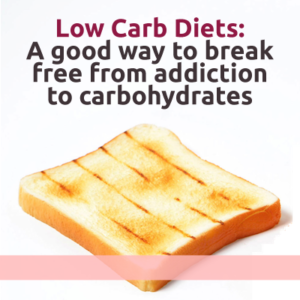Atkins
 For many years the Atkins diet has been touted as dangerous for your health. People who followed this diet were encouraged to eat lots of protein and fat. Recently this diet has undergone some changes and is now being promoted as a healthy way to eat. It is an extremely popular diet for anyone who wants to go on a low carb diet. Let’s take a look at the new face of this diet in a little more detail.
For many years the Atkins diet has been touted as dangerous for your health. People who followed this diet were encouraged to eat lots of protein and fat. Recently this diet has undergone some changes and is now being promoted as a healthy way to eat. It is an extremely popular diet for anyone who wants to go on a low carb diet. Let’s take a look at the new face of this diet in a little more detail.
As with any new diet that attracts attention, people start disbelieving or putting it down without even trying the diet. This was a problem with the Atkins diet for many years. Critics would just read things like ‘increase your protein intake,’ or ‘eat more foods high in fat’, and then start criticizing the diet. Those that took the time to read the diet would learn that you did not have to eat crazy amounts of protein or add bacon to every meal.
The Atkins Diet has been acclaimed in more than 110 journals as a sensible, low carb diet that focuses on eating lots of fresh fruits and vegetables. Numerous people have had success simply by eliminating pre-packaged fast foods and processed foods such as white flour, sugar, cookies, chips and more. Continue reading
 If you’ve tried losing weight before, then you’ve probably heard of or read about the Atkins Diet. This diet has been around for quite a while now, and there are people who love it and others who hate it. Which side should you be on? Perhaps the details below can help you decide.
If you’ve tried losing weight before, then you’ve probably heard of or read about the Atkins Diet. This diet has been around for quite a while now, and there are people who love it and others who hate it. Which side should you be on? Perhaps the details below can help you decide.
What is the Atkins Diet?
The Atkins Diet is a low-carbohydrate diet that has four phases: the induction phase, the ongoing weight loss phase, the pre-maintenance phase, and the lifetime maintenance phase.
- The induction phase focuses on getting the body into the ketosis state (which will be explained later) by limiting carbohydrates to less than 20 grams a day, with about 15 grams of those carbs coming from fruit or vegetable sources. This phase lasts for two weeks.
- The ongoing weight loss phase is similar to the induction phase, but at this phase the dieter can slightly increase their carbohydrate intake to a certain level.
- The last two phases prepare the dieter for a more “normal” diet that they can keep up forever, but encourages dieters to keep their carb intake to a certain level and to eat more unprocessed foods.






